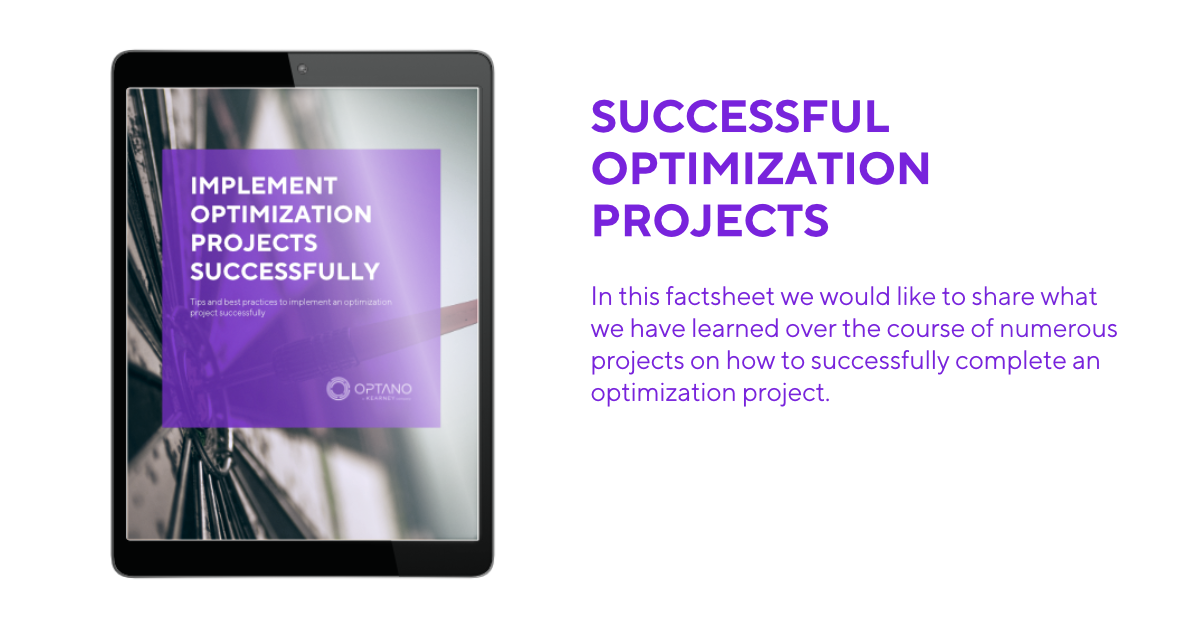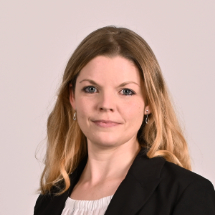Decision-making
in 2023
This year’s World Chess Championship, with Ding Liren as the new world champion, has recently come to an end. The tournament attracted a huge amount of attention internationally. There was live coverage of the games by major daily newspapers and online media channels, which even showed you how to re-enact the games. It cannot be said otherwise: chess has received a lot of hype in recent months and years.
Chess is the game of decisions. Every single move is a decision which can significantly alter the entire course of the game. In the final of the World Chess Championship, Ding Liren became champion with just a minor, yet decisive move.
This would not have been possible if he had played against a chess computer. Algorithms make the best decision at each point throughout the game and can calculate all the possible alternatives. The computer will never make the wrong decision or overlook anything. Therefore, it can never lose. This applies to chess especially as the game has very clear rules and moves.
We can also benefit from the opportunities that modern technology has to offer in other areas, even in the case of more complex issues like making business decisions.
Our daily lives are full of decisions!
A triviality or a decision with far-reaching consequences?
We make decisions at work every day. Some of them are so trivial that we do not even realize that they are “real” decisions. Others are so important and far-reaching that they keep us awake at night. However, it is not always apparent whether a decision can objectively be considered as serious or whether this is purely a subjective opinion.
In order to prepare for decision-making, it is advisable to categorize the decisions first of all. Major decisions require far more preparation, time and care than would be necessary for minor decisions. Time and labor are valuable resources nowadays and must not be wasted. Therefore, we should invest these in the really important decisions and only use them for minor decisions in moderation.
When categorizing, two dimensions can help – the outward effect and irreversibility. Decisions which carry a lot of outward visibility should be contemplated much more than those that only have an internal impact. The same applies to decisions which are difficult to reverse. If both of these aspects apply to a decision simultaneously then these have to be well prepared and thought out.

Source: https://kurswechsel.jetzt; Creative Commons (by nc sa)
It is decisions such as these which weigh heavily on our minds. What can help us to make better decisions in such situations?
A good or bad decision?
How do we distinguish a good decision from a bad one?
In retrospect, this is often easy because we know the result or the consequences of a decision. Yet, the quality of a decision should not always be judged based on the knowledge that was available when the decision was made. It is unfair to rate a decision as being worse; precisely when information, which was not available at the time the decision was made, changes the evaluation.
But how can we ensure that the decision we have to make at that moment is a good one?
First of all, it can be said that a good decision has to be free of any misconceptions and emotions. It should be based on facts and not driven by fear or over-optimism. If we approach important decisions with the “It’ll turn out fine” attitude, we might end up disregarding too many risks. Also, the frequently invoked gut instinct is often unreliable when making serious decisions. This gut instinct stems from experiences we have had in the past. The problem here is that we rarely make very serious decisions and therefore do not have previous experience that we can rely on.
Relevant data as a solid basis
A serious decision should therefore have as solid and broad a basis as possible. All of the relevant data and facts should be collected and evaluated. Here, care should be taken to not only consider the obvious aspects but also to go into great detail to ensure that nothing is overlooked.
However, this often leads to a large amount of information, consequences and dependencies, an overview of which we can barely maintain manually. All of this information can be integrated and proiritized using mathematical models that run in the background, as applied in Advanced Analytics. By deploying Artificial Intelligence, even the insights from data which had previously been concealed can be extracted. On this basis, decision alternatives can be calculated or you can run through various scenarios and analyze these.
It is good to have a change of perspective
During the entire decision-making process, it is essential that the decision is not viewed from one’s own perspective. Especially serious decisions can often have consequences for several parties in different areas. It is important that these parties are involved in the decision-making. They often see things from a different perspective and can contribute their own expertise which can support the decision-making.
Before a final decision is made, its impact and consequences can be simulated and tested with the help of the mathematical model.
More interesting articles
Identify potential vulnerabilities
A worthwhile method in the decision-making process can also be the so-called Pre-Mortem method. Here, a thought experiment is conducted in which the team imagines that the decision that has been made is the wrong one. Here, the team has to identify all the reasons for its failure. This approach has two advantages. Firstly, it counters the so-called Abilene Paradox. This refers to members of a team approving a decision that is not their personal preference because they believe it is counter to the rest of the group’s. It may even be that not a single team member rates a decision as positive, even though it has been approved by the group collectively. Furthermore, this approach gives all team members an open mindset and the space in which to name the difficulties and obstacles which would not have found room in other formats.
In the end, solutions or possible counter-measures to the aspects discovered can be developed. These can then be included in the decision-making. At this point, what-if scenarios can also be deployed to simulate the consequences of the decisions and test possible alternatives.
OPTANO supports decision-making
With OPTANO we have created a platform which helps your business make the optimal decision. We support you in selecting and preparing all the relevant data and help you define specific business goals which are to be achieved based on the decision. By applying our know-how, we help you to identify the right questions and correlations and to put the decision-making support on a good data basis. We enter all of your goals, constraints and cross-dependencies into a mathematical model which forms the basis on which to assess decision proposals. In this way, all of the necessary details are considered in the decision-making process and you can be confident that nothing is overlooked.
Based on the model, what-if scenarios can be created which show the effects a decision can have. Different alternatives can be run on the model which displays and evaluates all the consequences.
We look forward to supporting you in making better business decisions. Talk to us today!
We have summarized our experiences on how you perform optimization projects for better decision-making successfully? We have summarized our expereinces here in an informative whitepaper which you can download here.
Have you got your copy of our factsheet on this topic yet?

Introducing new software is always a huge challenge for an organization. In particular when the software has to be adapted to the organization’s requirements or when an individual solution is to be created.
This is often the case with optimization projects – they are often too specific and complex for a simple off-the-shelf solution.
In this factsheet we would like to share what we have learned over the course of numerous projects on how to successfully complete an optimization project.
To obtain our factsheet, all you need to do is enter your contact details in the space below. A pop-up window will then open to download the whitepaper. Please note that by providing us with your email address, you agree that we may contact you on this topic. You may revoke this agreement at any time by contacting privacy@optano.com.







